The Biggest Animal on Earth
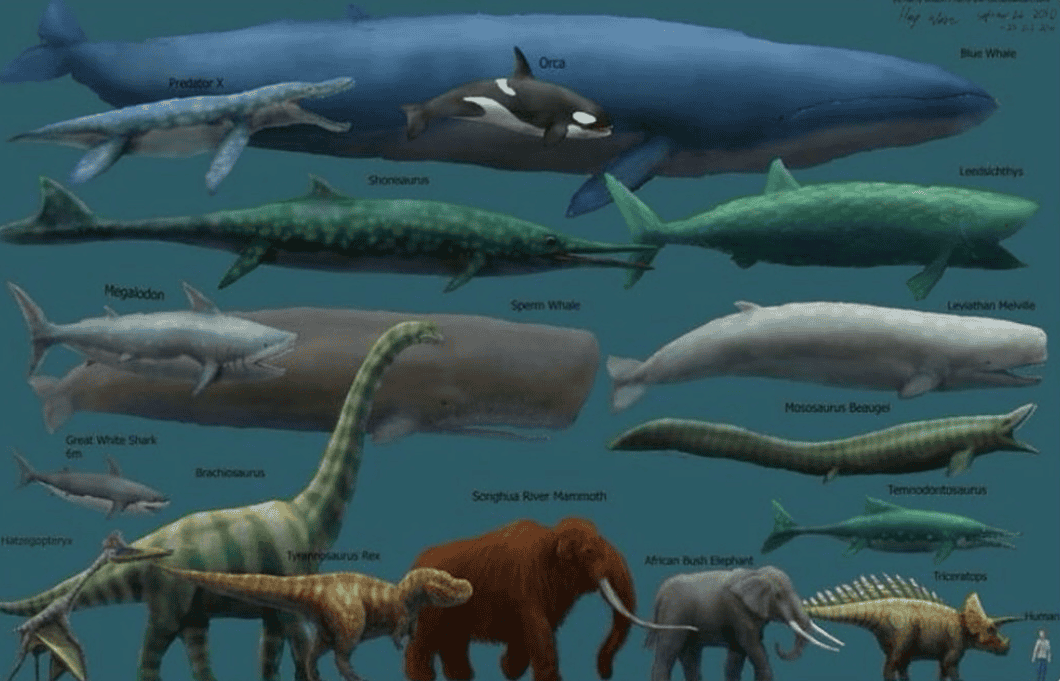
The blue whale holds the title of the largest animal to have ever existed, reaching lengths up to 100 feet and weighing as much as 200 tons.
Distinctive Coloring
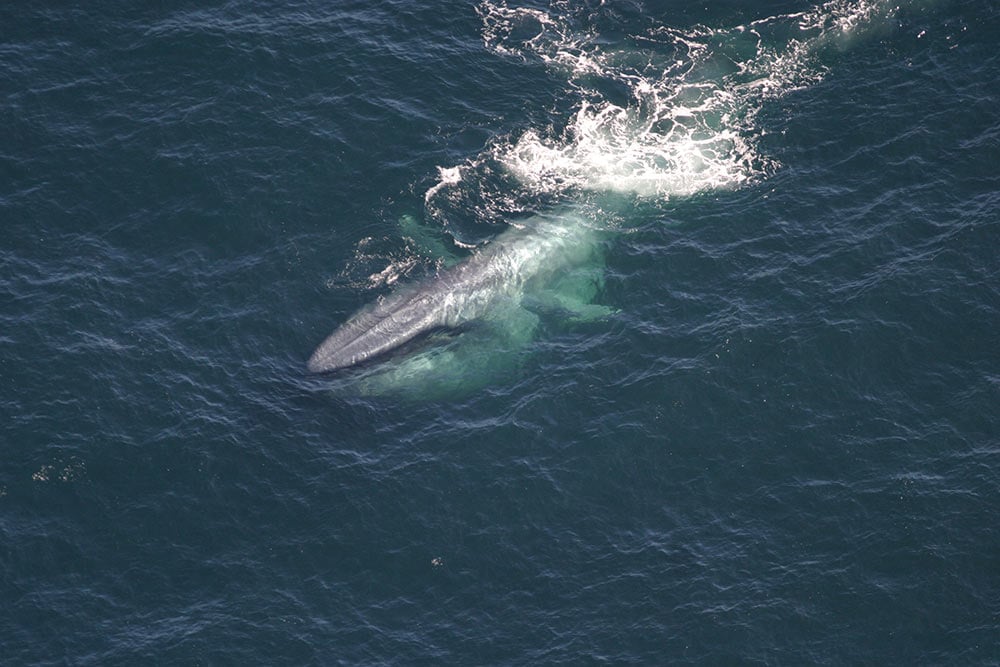
With a blue-gray hue, these whales are easily recognizable by their unique coloration and sheer size.
Global Residents
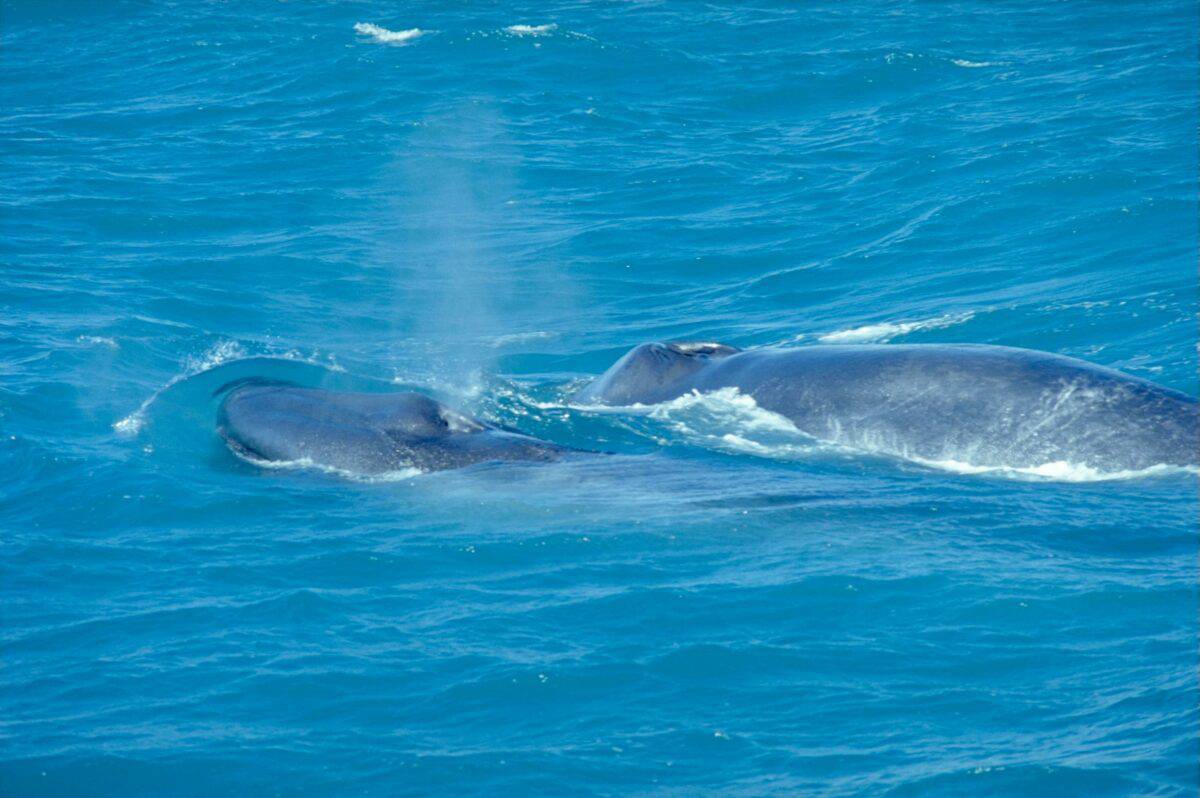
Blue whales are found in oceans all over the world, showcasing their impressive adaptability to different marine environments.
Gentle Giants
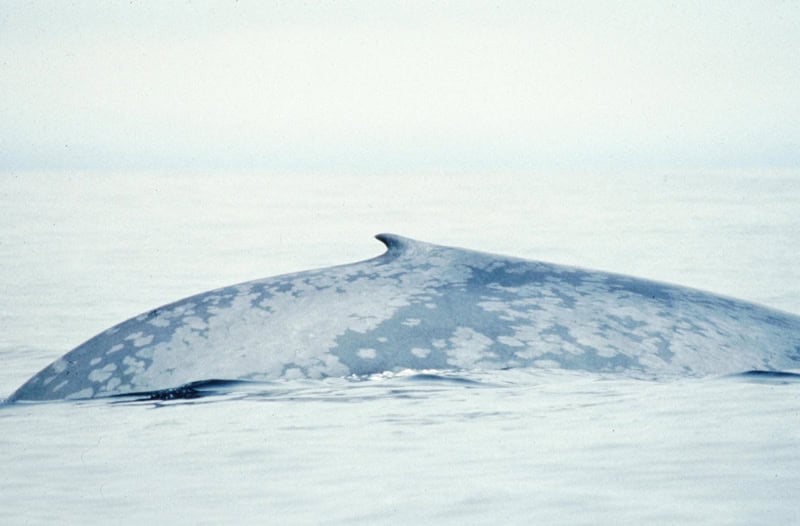
Despite their immense size, blue whales are known for their gentle nature and pose no threat to humans.
Krill Diet

Whale Watching on the Dos Osos Sub Sea Tours 34Õ boat http://www.subseatours.com/ 805-772-WIND, 29 July 2010, Morro Bay, CA. Blog: http://whalewatchingsst.blogspot.com/2010/07/rouvaishyanas-log.html Crew: Owner & Captain Kevin Winfield; first-mate Ryan. We saw about four Blue Whales and Dozens of Humpbacks, some very close to the boat.
Photo by ÒMikeÓ Michael L. Baird, mike {at] mikebaird d o t com, flickr.bairdphotos.com, Canon 1D Mark III, Canon 300mm f/2.8 with with Canon EF 1.4X II Extender Telephoto Accessory, Circular Polarizer, handheld, RAW.
To use this photo, see access, attribution, and commenting recommendations at http://www.flickr.com/people/mikebaird/#credit – Please add comments/notes/tags to add to or correct information, identification, etc. Please, no comments or invites with badges, images, multiple invites, award levels, flashing icons, or award/post rules. Critique invited.
Keywords: subseatours,morro bay,whale,whales,whale watching,ocean, whale, 29july2010,
Blue Whale,Balaenoptera musculus
These massive creatures primarily feed on krill, tiny shrimp-like animals, consuming up to 4 tons of them daily during feeding season.
Efficient Eaters
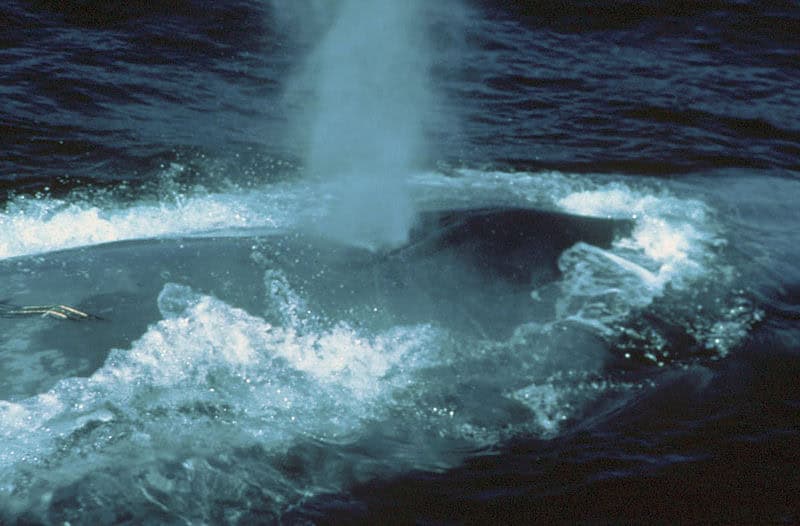
Their feeding habits are incredibly efficient, allowing them to take in large quantities of krill with each gulp.
Communication Skills
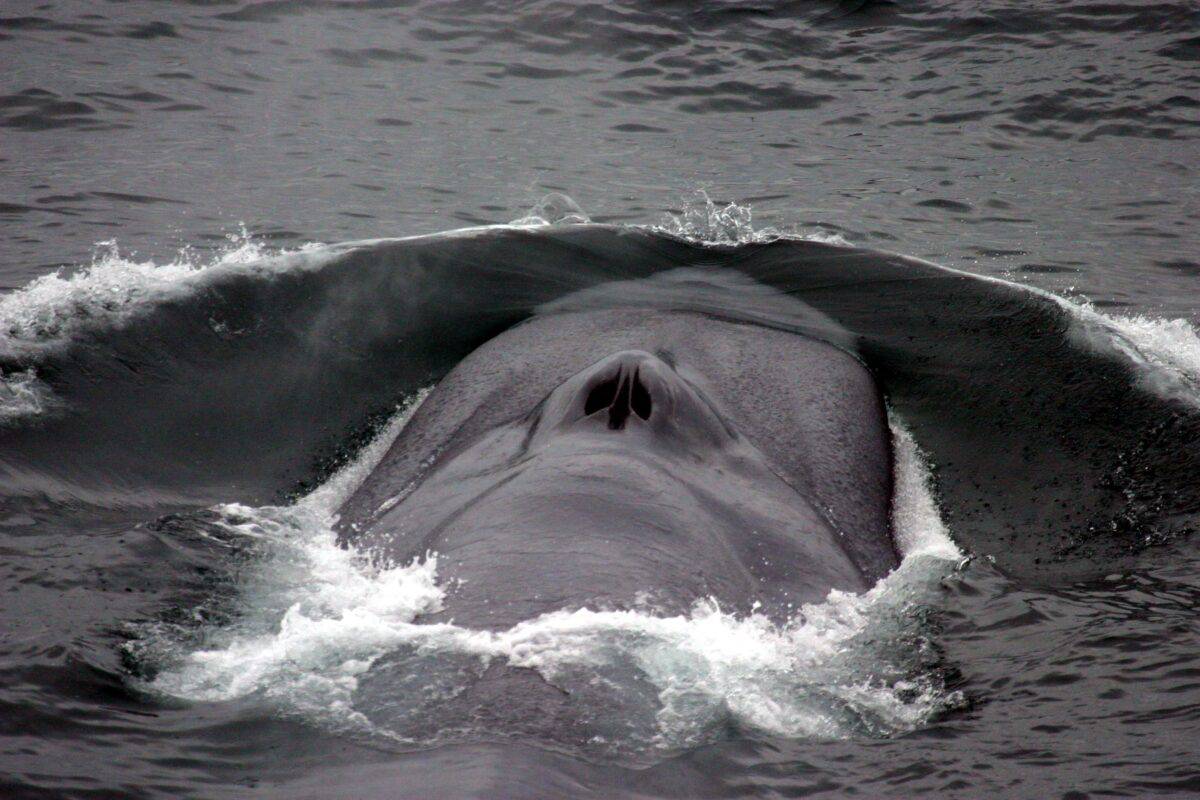
Blue whales use loud, low-frequency calls to communicate with each other, often across vast distances in the ocean.
Endangered Status
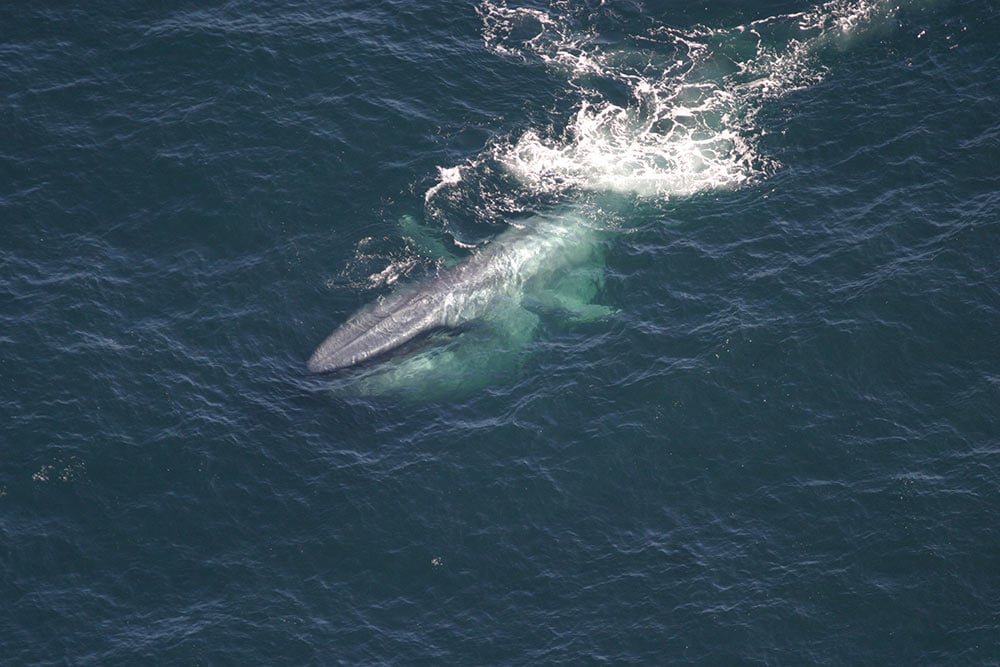
Sadly, blue whales are endangered, largely due to extensive whaling in the past and current threats like ship strikes.
Ship Strikes
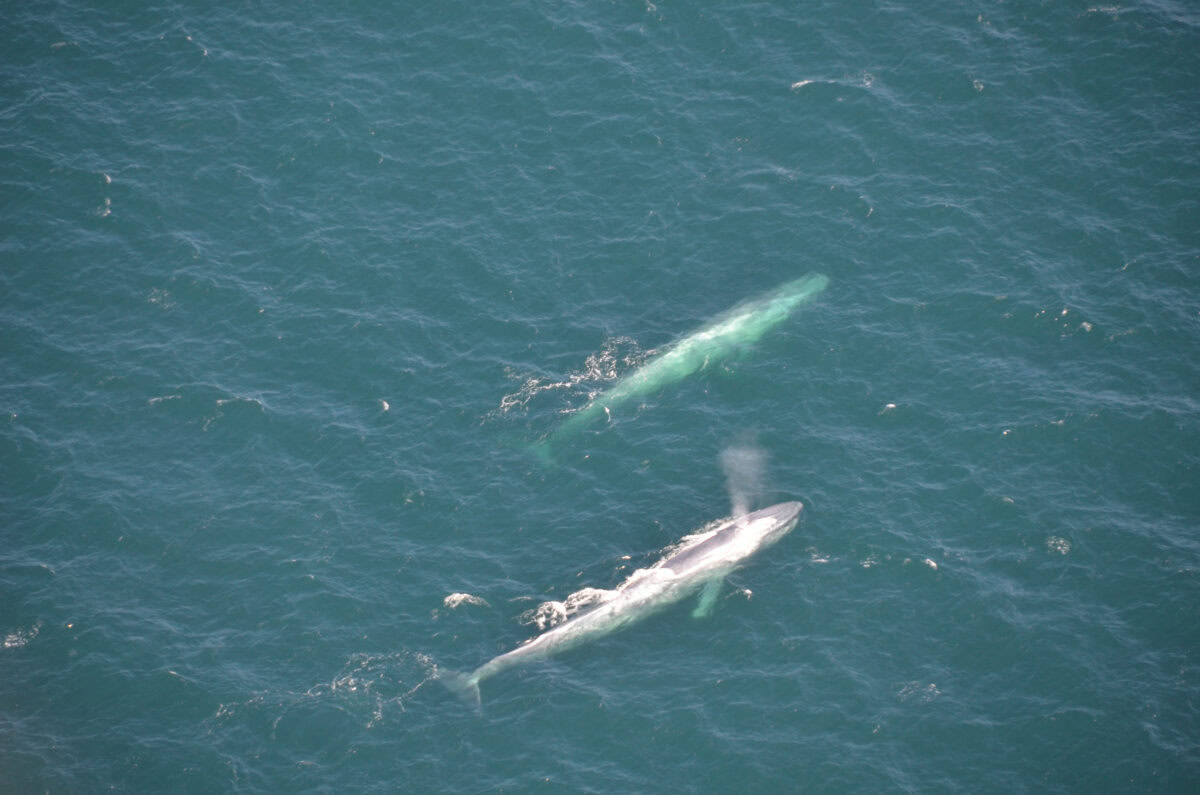
Collisions with ships pose a significant threat to blue whales, often resulting in injury or death.
Fishing Gear Entanglement

Entanglement in fishing gear is another major danger, leading to severe injuries and sometimes fatalities for these gentle giants.
Historical Whaling Impact

The population of blue whales was drastically reduced due to aggressive whaling practices in the 20th century.
Conservation Efforts
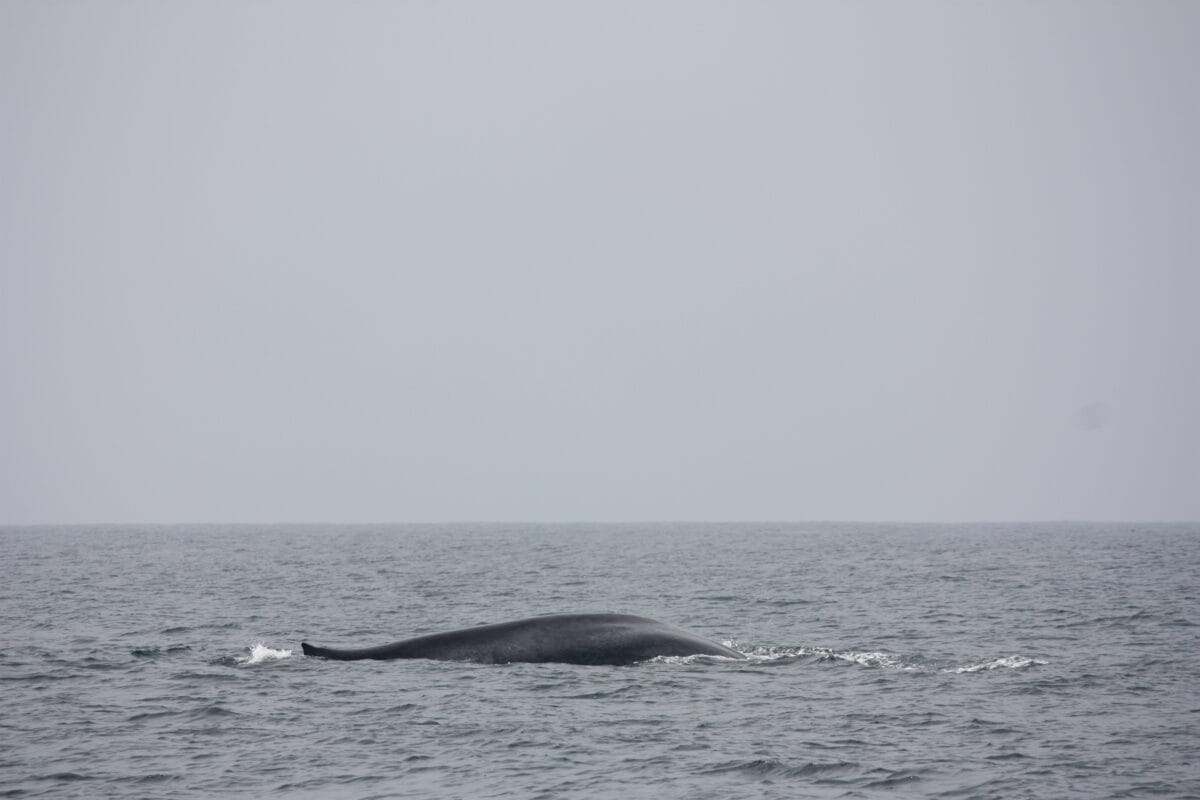
Thankfully, numerous conservation efforts are underway to protect and help recover blue whale populations.
Migration Patterns
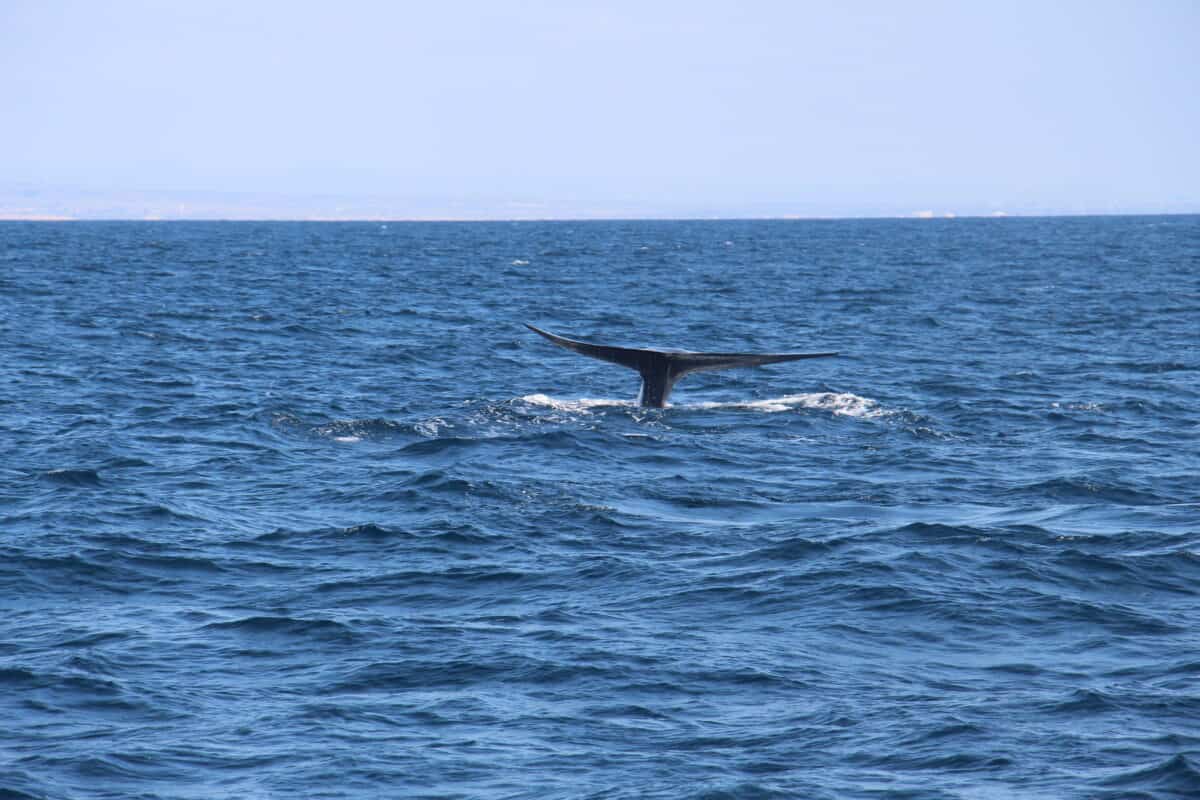
Blue whales undertake long migrations between feeding grounds in cold waters and breeding grounds in warmer regions.
Breeding Habits
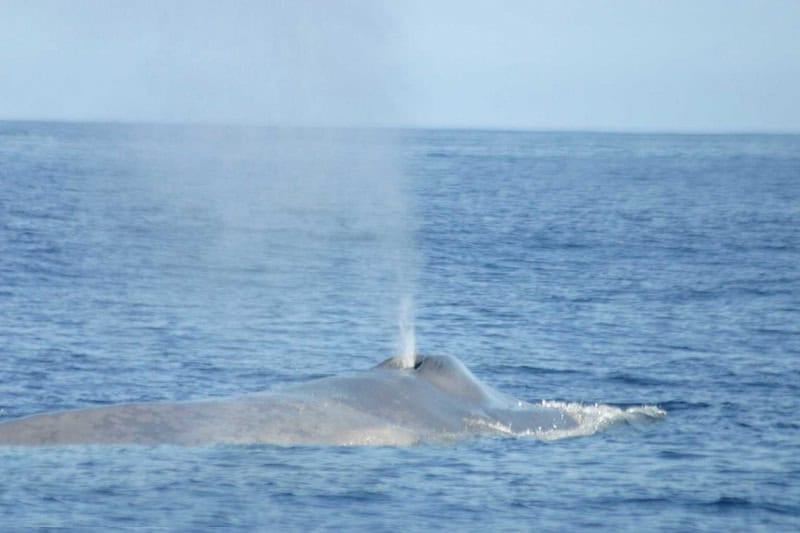
Breeding typically occurs in warmer waters, where mothers give birth to calves after a gestation period of about a year.
Calf Rearing
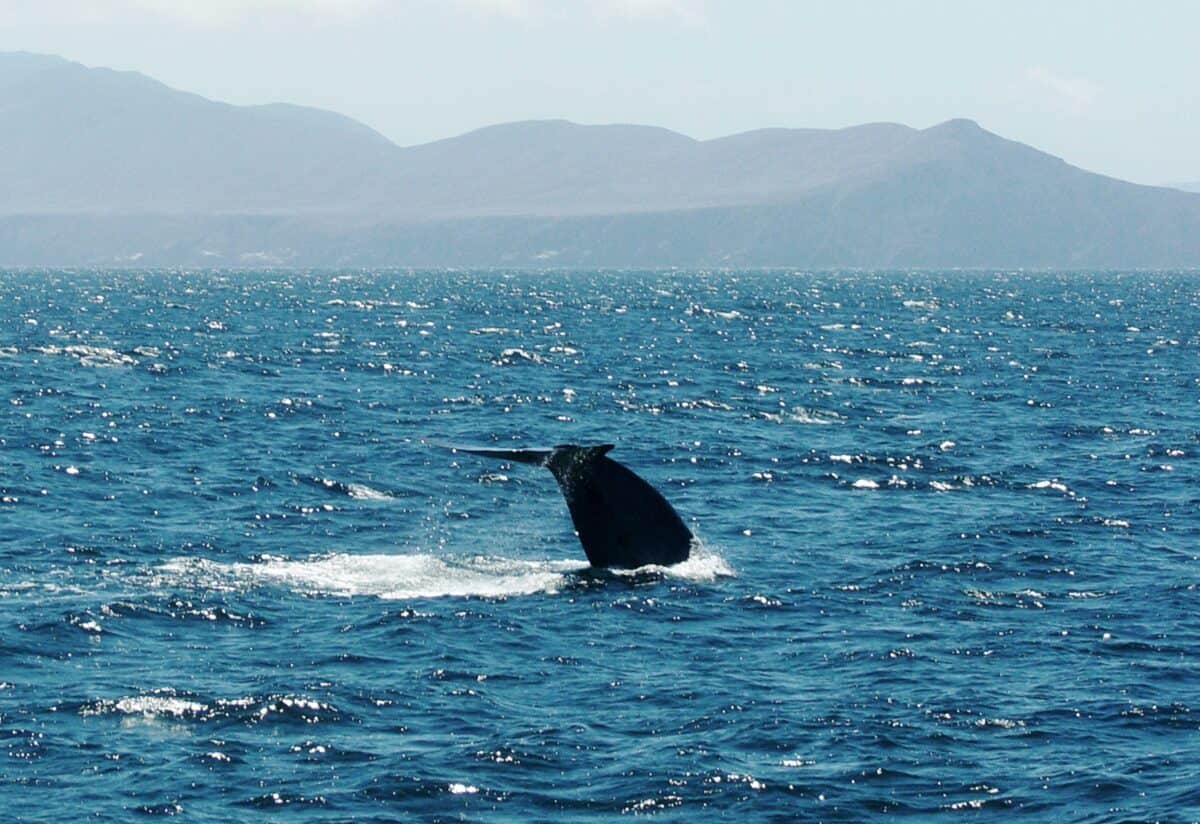
Blue whale mothers are very attentive, nursing their calves for several months to ensure they grow strong.
Lifespan

These magnificent creatures can live for 70 to 90 years, with some even reaching over 100 years.
Acoustic Communication
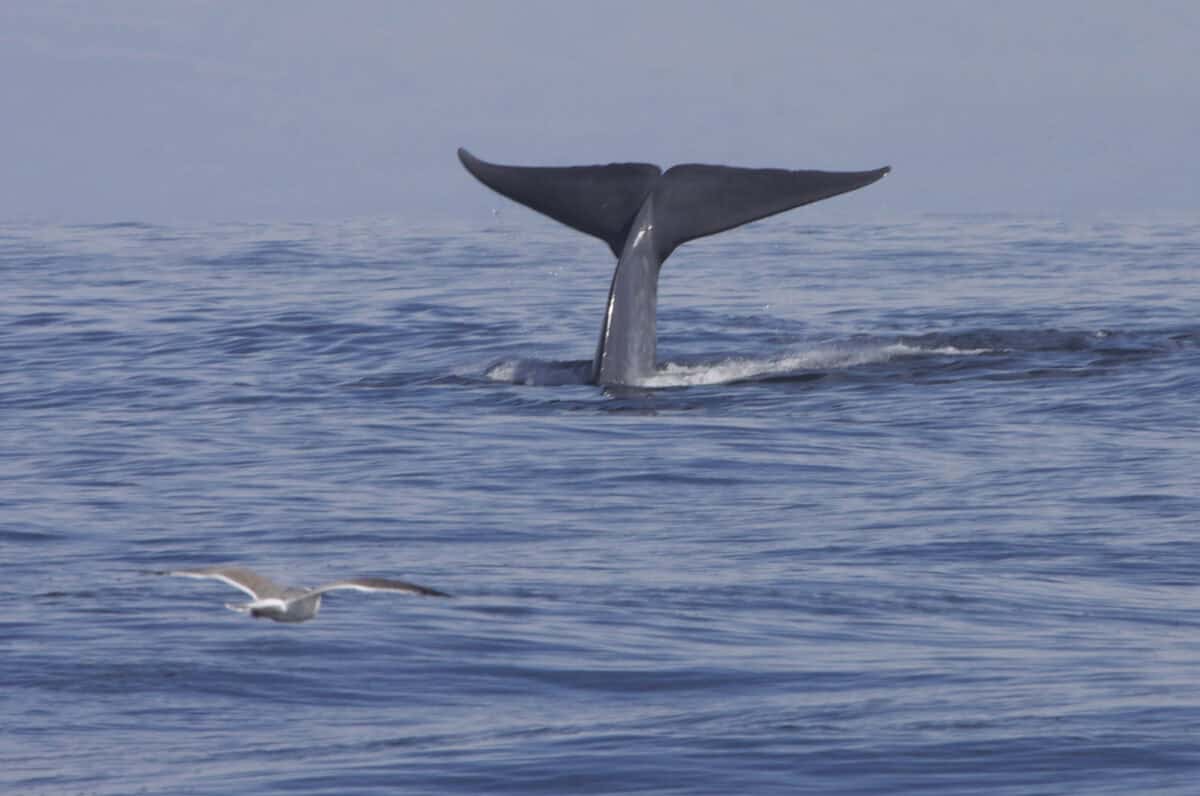
Their calls are not only used for communication but also for navigation and locating prey in the dark ocean depths.
Oceanic Importance

Blue whales play a crucial role in the marine ecosystem, helping to maintain the health of the ocean environment.
Human Impact

Human activities, including ocean noise pollution and habitat destruction, continue to impact blue whales.
Hope for the Future

Despite the challenges they face, blue whales show remarkable resilience, and ongoing efforts give hope for their continued survival.
Your Role in Conservation

Everyone can help by supporting conservation initiatives and spreading awareness about the importance of protecting blue whales. I hope you learned more about blue whales today! Even though they are the largest inhabitant on Earth, there is still so much to learn about them. To read more stories like this, check out the article below:
- Orca Pod Hunts Huge Blue Whale in Rare Footage
- Are These Orcas Hunting A Blue Whale 35x Their Size?
- Whale Watchers Encounter 100-Ft-Long Blue Whale
Join our Forum for free today!

- The Largest Creature To Live, The Blue Whale - June 29, 2024
- Herd of 100 Elephants Swim in the Brahmaputra River, India - June 28, 2024
- 21 Things Not to Feed Your Pet Dog - June 27, 2024

